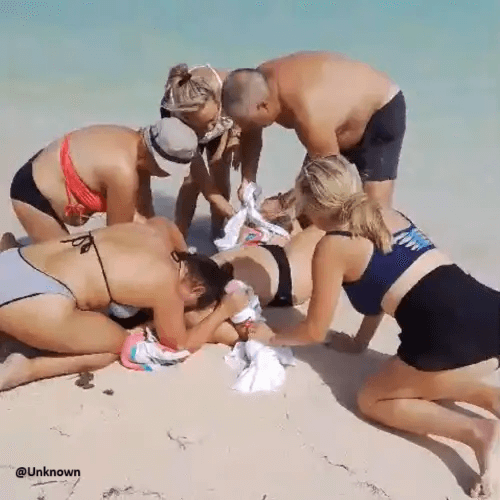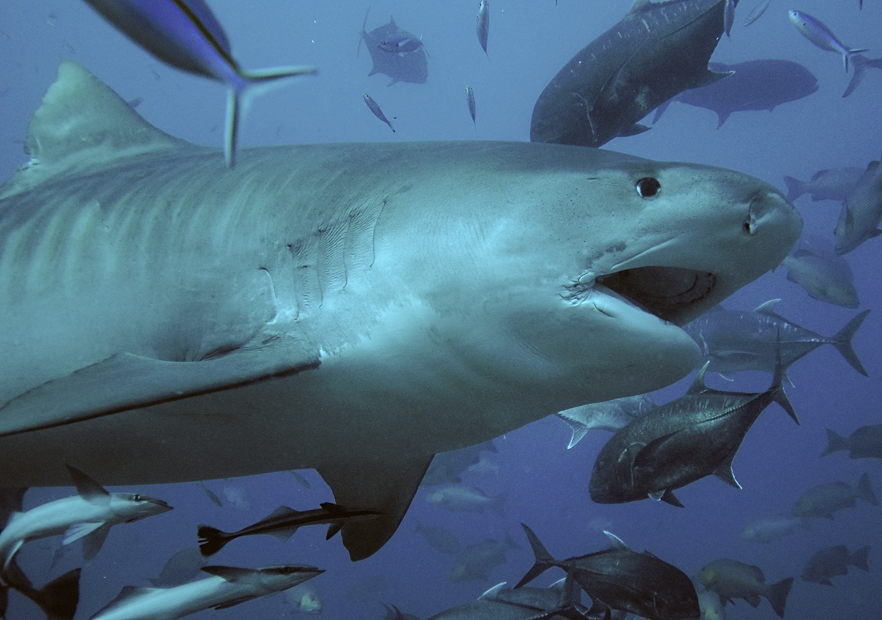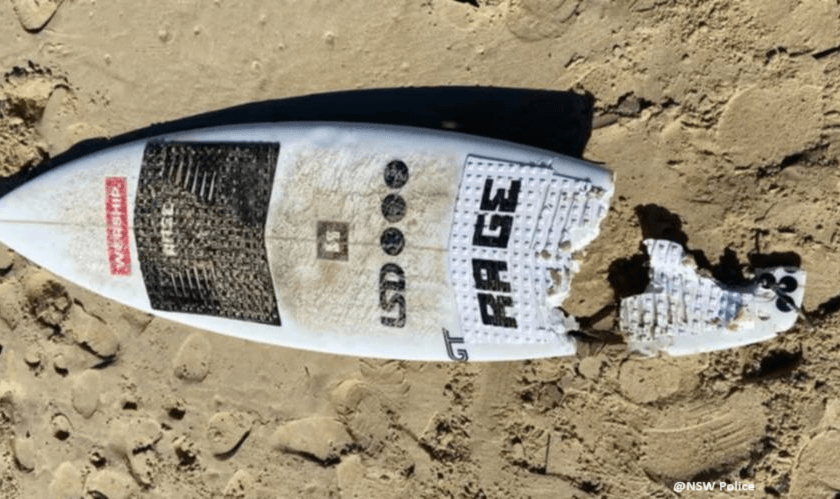The risk of shark attack bite rises this month in Hawaii, most likely because of shark birthing.
The native Hawaiian chant Pua ka wiliwili nanahu ka mano translates to When the wiliwili tree flowers, the shark bites. In her book ‘Olelo No‘eau, Mary Kawena Pukui, legendary author, historian and educator, knew more sharks were present in the Hawaiian Islands during the fall.
The Department of Land and Natural Resources Division of Aquatic Resources (DAR), knows this also remains a constant of the shark birth cycle.
Data from the DAR shows from 1980 to 2015 there were 122 unprovoked shark bites, including the well-known 2003 incident in which surfer Bethany Hamilton lost her left arm in Hawaiian waters. Twenty-one percent (21%) of the bites occurred during October.
“The three bites last October were all around the island of O‘ahu, off different coasts of the island, and took place over a span of 20 days. Two were very serious, with victims losing part of a limb. It was an unprecedented spike, but like nearly every spike in shark incidents, the most likely explanation is just chance,” according to Bruce Anderson, DAR administrator.
The October syndrome is easily explained by the birthing patterns of tiger sharks.
A study by the University of Hawaii, funded in part by the DAR, learned around 25 percent of the Northwestern Hawaiian Island female tiger sharks migrate to the main islands during the fall to give birth.

The large number of pregnant and birthing sharks near shore creates circumstances with potential negative human and shark interaction. The sharks are looking for sustenance and may confuse humans as prey items.
“October is the month with the greatest number of shark bites. We recommend ocean users exercise a little more caution this month especially, and also through the end of the year,” he added. “The chance of being bitten by a shark in Hawaiian waters is always extremely small, but does increase a bit during this time frame.”
Anderson shared several safety tips for ocean goers visiting the island during October.
“The best thing ocean users can do to minimize their risk of shark bites is to utilize beaches with lifeguards, stay near other people, and don’t go too far from shore. Also, avoid murky water and areas near stream mouths,” he said.
Cloudy water should also be avoided as sharks may not be able to differentiate a human form from a fish.
Even though the risk of shark attack bite rises this month in Hawaii. the numbers may appear frightening, statistically you are more likely to be hurt on the way to the beach, than injured by a shark.


